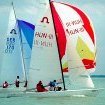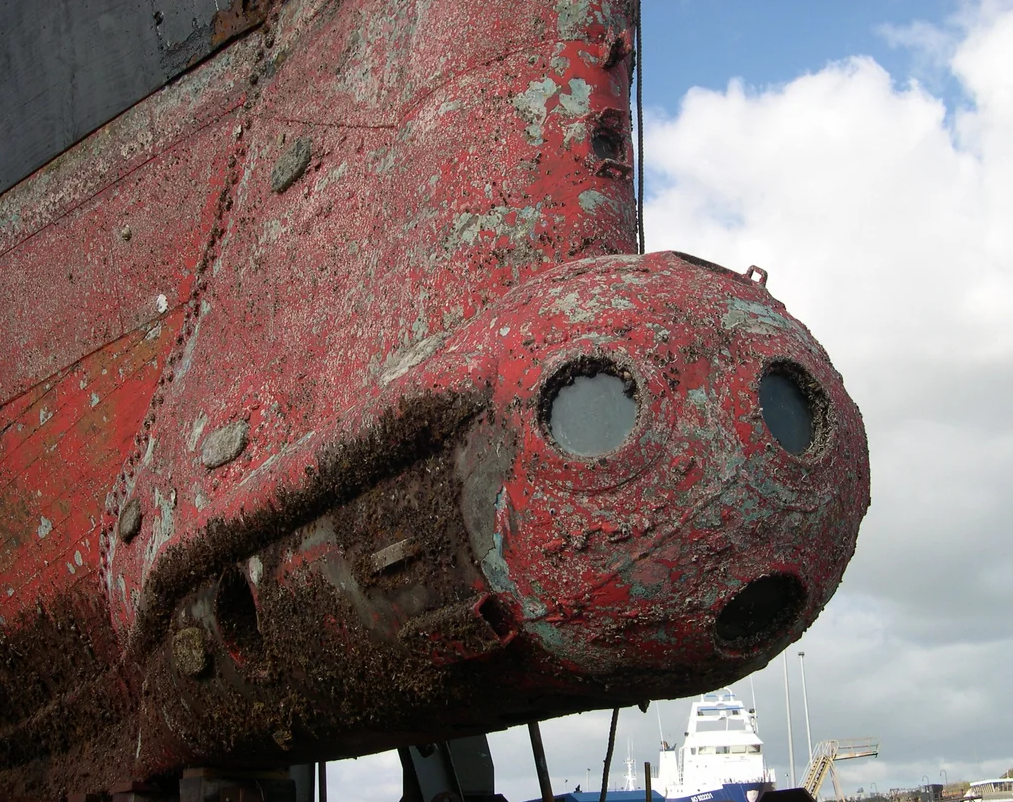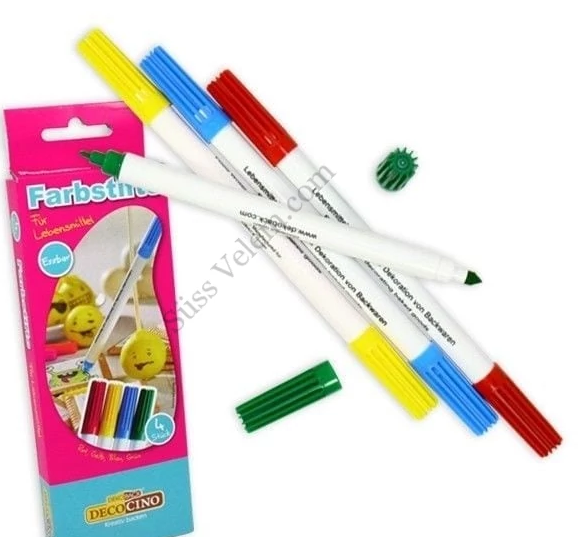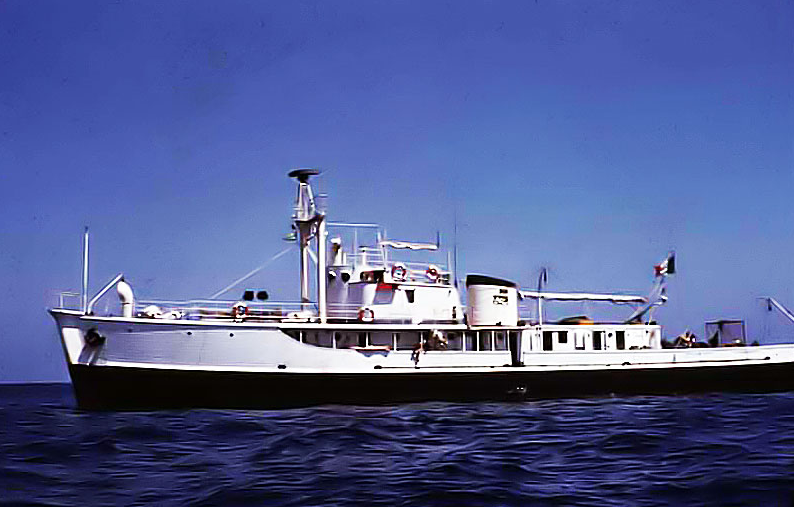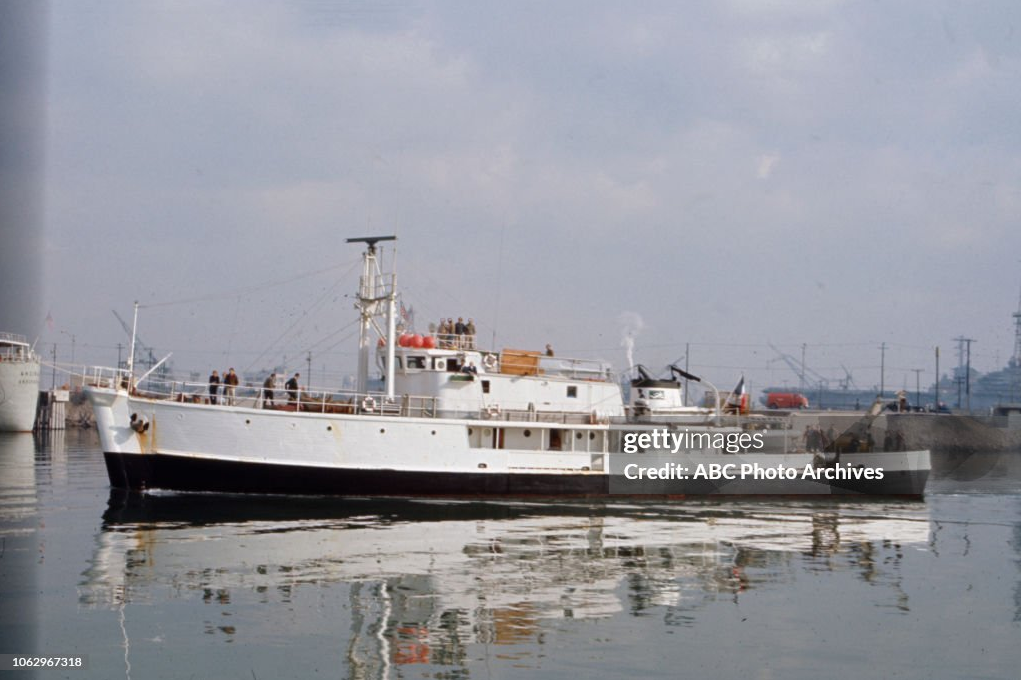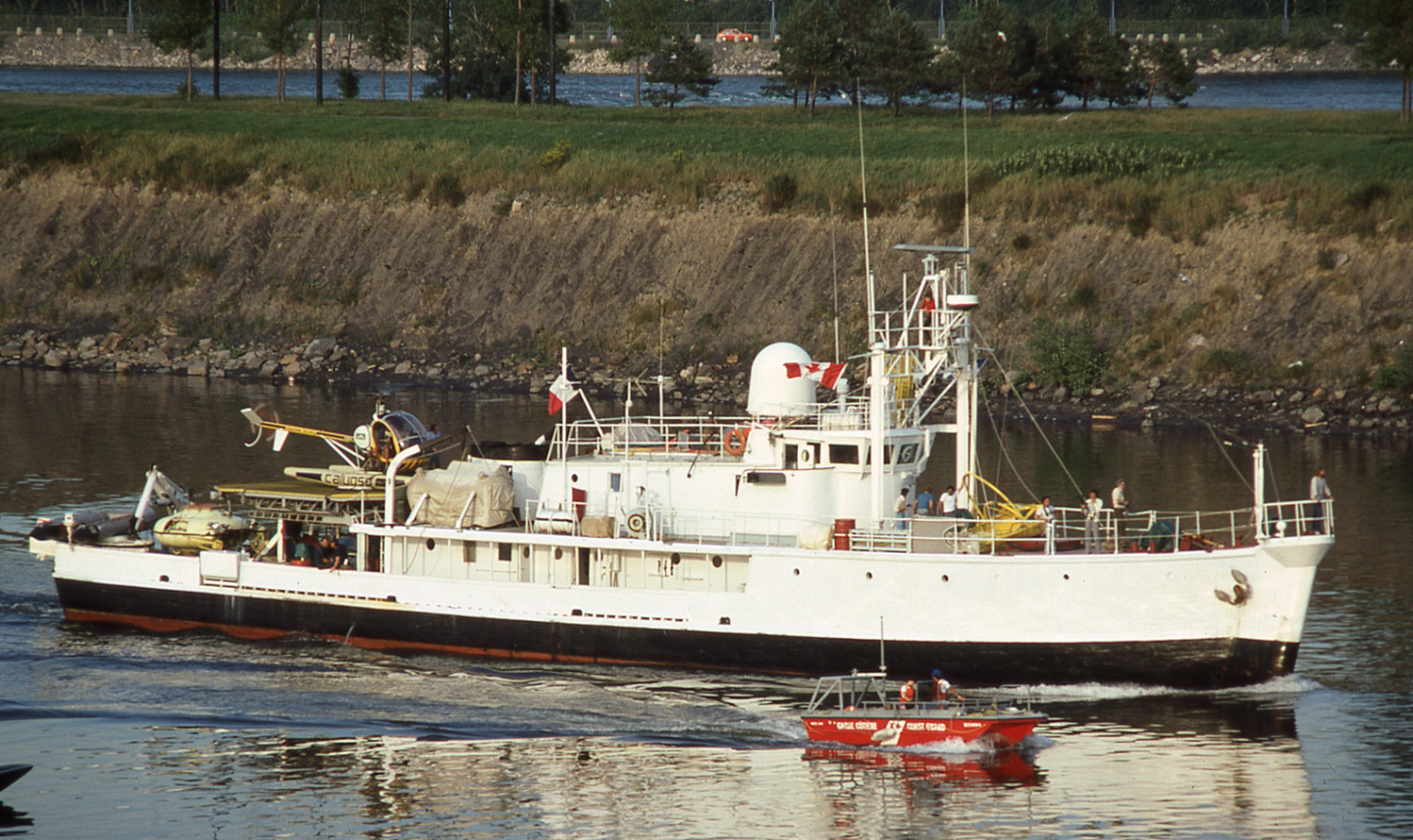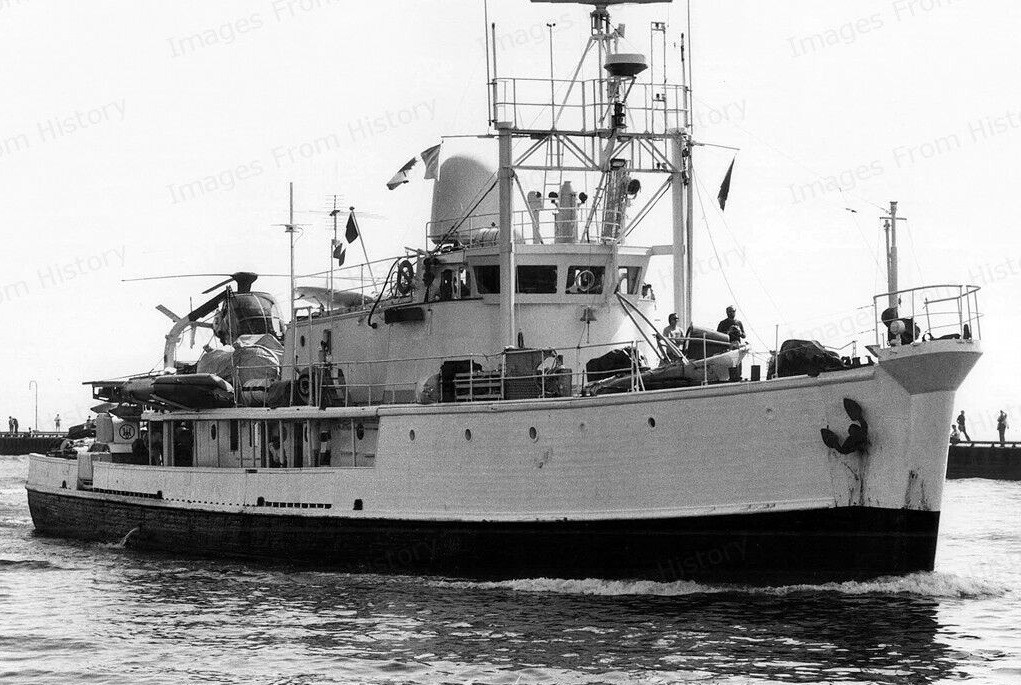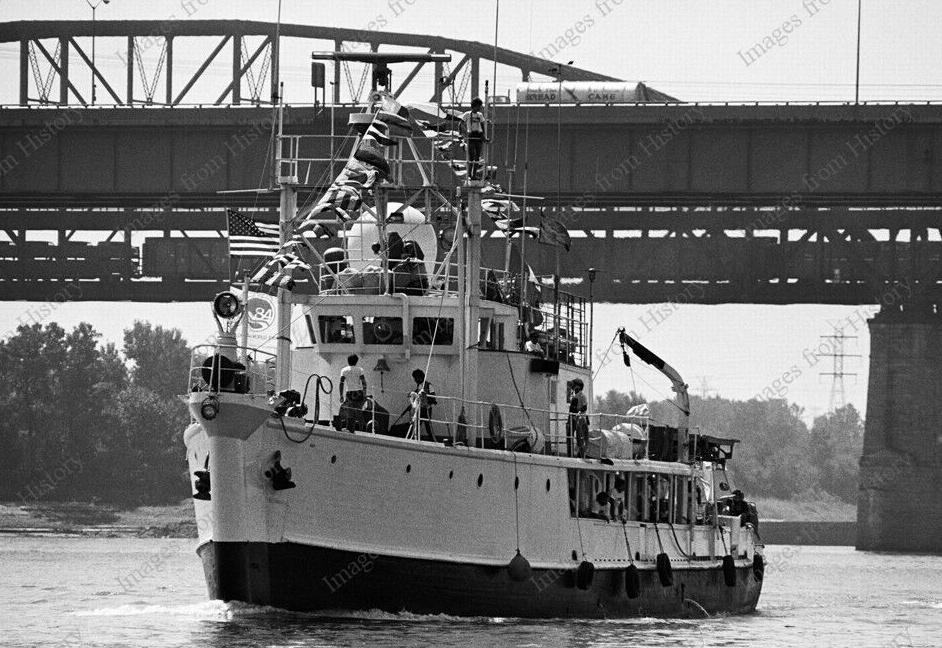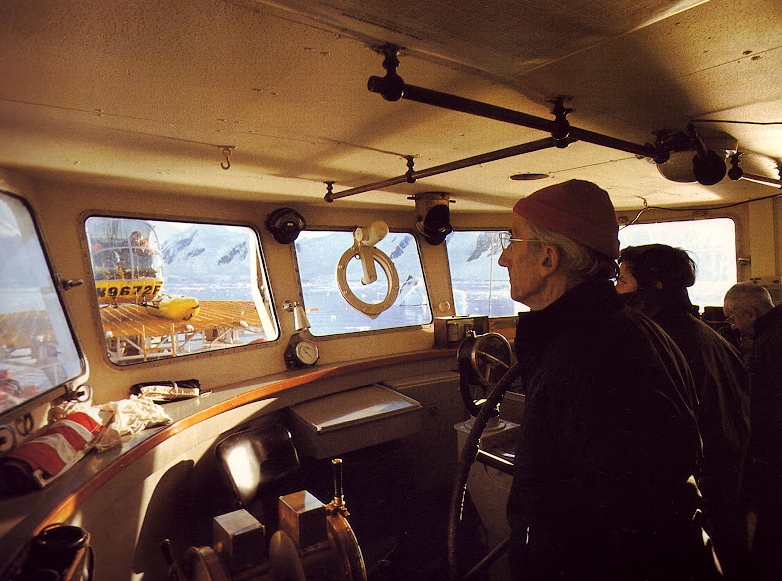-
Posts
396 -
Joined
-
Last visited
About Veszett Roka
- Birthday May 23
Profile Information
-
Gender
Male
-
Location
Budapest, Hungary
Recent Profile Visitors
The recent visitors block is disabled and is not being shown to other users.
-
 yvesvidal reacted to a post in a topic:
Calypso by mandolinut - Billing Boats - 1:45
yvesvidal reacted to a post in a topic:
Calypso by mandolinut - Billing Boats - 1:45
-
 Veszett Roka reacted to a post in a topic:
Calypso by mandolinut - Billing Boats - 1:45
Veszett Roka reacted to a post in a topic:
Calypso by mandolinut - Billing Boats - 1:45
-
 robert952 reacted to a post in a topic:
Calypso by mandolinut - Billing Boats - 1:45
robert952 reacted to a post in a topic:
Calypso by mandolinut - Billing Boats - 1:45
-
 sheepsail reacted to a post in a topic:
Calypso by mandolinut - Billing Boats - 1:45
sheepsail reacted to a post in a topic:
Calypso by mandolinut - Billing Boats - 1:45
-
 mandolinut reacted to a post in a topic:
Calypso by mandolinut - Billing Boats - 1:45
mandolinut reacted to a post in a topic:
Calypso by mandolinut - Billing Boats - 1:45
-
 Veszett Roka reacted to a post in a topic:
NORDKAP 476 by _SalD_ - Billing Boats - 1:50 - RADIO
Veszett Roka reacted to a post in a topic:
NORDKAP 476 by _SalD_ - Billing Boats - 1:50 - RADIO
-
 Veszett Roka reacted to a post in a topic:
Ranger type yacht by Mark Pearse - 1:12 - SMALL
Veszett Roka reacted to a post in a topic:
Ranger type yacht by Mark Pearse - 1:12 - SMALL
-
 grsjax reacted to a post in a topic:
IL Leudo by SHIPSCAT (Jolene) - Mamoli - scale 1:34
grsjax reacted to a post in a topic:
IL Leudo by SHIPSCAT (Jolene) - Mamoli - scale 1:34
-
 Veszett Roka reacted to a post in a topic:
NORDKAP 476 by _SalD_ - Billing Boats - 1:50 - RADIO
Veszett Roka reacted to a post in a topic:
NORDKAP 476 by _SalD_ - Billing Boats - 1:50 - RADIO
-
 Veszett Roka reacted to a post in a topic:
Cangarda 1901 by KeithAug - Scale 1:24 - Steam Yacht
Veszett Roka reacted to a post in a topic:
Cangarda 1901 by KeithAug - Scale 1:24 - Steam Yacht
-
 Veszett Roka reacted to a post in a topic:
St Roch by Lecrenb - 1:48 scale - RCMP Schooner rigged as schooner c. 1930/35
Veszett Roka reacted to a post in a topic:
St Roch by Lecrenb - 1:48 scale - RCMP Schooner rigged as schooner c. 1930/35
-
I don't know their size in scale, so all my comment is purely theoretical. I would use some kid's felt tip pen as a jig, especially their cup like this: or this, these are smaller and their general form is better match the aerial: The O-rings could be made by wire.
-
 Veszett Roka reacted to a post in a topic:
Oryol 1902 by GrandpaPhil - FINISHED - Orel - 1/200 - CARD - Russian Battleship
Veszett Roka reacted to a post in a topic:
Oryol 1902 by GrandpaPhil - FINISHED - Orel - 1/200 - CARD - Russian Battleship
-
 Veszett Roka reacted to a post in a topic:
Calypso by mandolinut - Billing Boats - 1:45
Veszett Roka reacted to a post in a topic:
Calypso by mandolinut - Billing Boats - 1:45
-
This is an interesting knot. Hard to imagine how they knot it, which end is starting and which one is the finish line. I guess you have to lift up the three round and put the end under them?
-
Absolutely my friend! Although the wheelhouse and the long focsle limit the possibilities somehow. In the below picture she had golf-ball satellite antenna, and an ecapsulated auxilary radar, the upper one is still Decca. The picture taken in 1984 when Calypso moored in Davenport during the Missisippi research.
-
She had it, in the early 50's, with the old, round window wheelhouse. Note the different (shorter) side under the foredeck: Then i found a picture with a new radar, but yet missing the big egg antenna and the helipad (still picture from 'Undersea World Of Jacques Cousteau' from 1968) but with the new bridge and shortened stack::
-
I think the radars on the mast are not correct. The upper one is a very early 50's (probably K-band), and the lower is probably from 80's. The model depicts Calypso in 80's era (see the satcom antenna cover, the big 'egg' behind the bridge), therefore i'd change the radars for more sleek nautical models like those on below pictures: Also i'd model the iconic circular storm-visor on the middle window of the bridge:
-
Mine was a Vanguard too, white hull and grey deck with yellow stripes on back. She was a beauty, and like all women (and all raceboat), she wasn't a forgiving one.
-
Comrade! From the height of the soling we called the 470-ers as slimy footed, because the algae on their wet feet I was on the wire in boat HUN-61 then moved to soling HUN-111, see my avatar pic. Just like you, i miss those days.
-
To be honest, i never seen such complex paper model yet. I built only one in my childhood (Jylland, a Danish tug from the 1920's) but that ship was far simply compared to your model. Excellent workmanship.
- 288 replies
-
- Card
- Pre-Dreadnought
-
(and 3 more)
Tagged with:
About us
Modelshipworld - Advancing Ship Modeling through Research
SSL Secured
Your security is important for us so this Website is SSL-Secured
NRG Mailing Address
Nautical Research Guild
237 South Lincoln Street
Westmont IL, 60559-1917
Model Ship World ® and the MSW logo are Registered Trademarks, and belong to the Nautical Research Guild (United States Patent and Trademark Office: No. 6,929,264 & No. 6,929,274, registered Dec. 20, 2022)
Helpful Links
About the NRG
If you enjoy building ship models that are historically accurate as well as beautiful, then The Nautical Research Guild (NRG) is just right for you.
The Guild is a non-profit educational organization whose mission is to “Advance Ship Modeling Through Research”. We provide support to our members in their efforts to raise the quality of their model ships.
The Nautical Research Guild has published our world-renowned quarterly magazine, The Nautical Research Journal, since 1955. The pages of the Journal are full of articles by accomplished ship modelers who show you how they create those exquisite details on their models, and by maritime historians who show you the correct details to build. The Journal is available in both print and digital editions. Go to the NRG web site (www.thenrg.org) to download a complimentary digital copy of the Journal. The NRG also publishes plan sets, books and compilations of back issues of the Journal and the former Ships in Scale and Model Ship Builder magazines.


